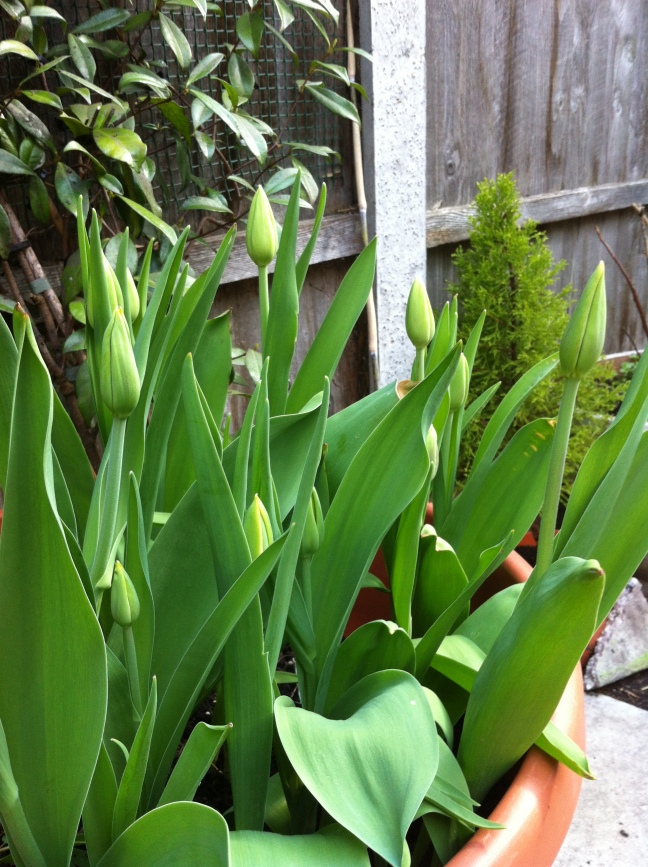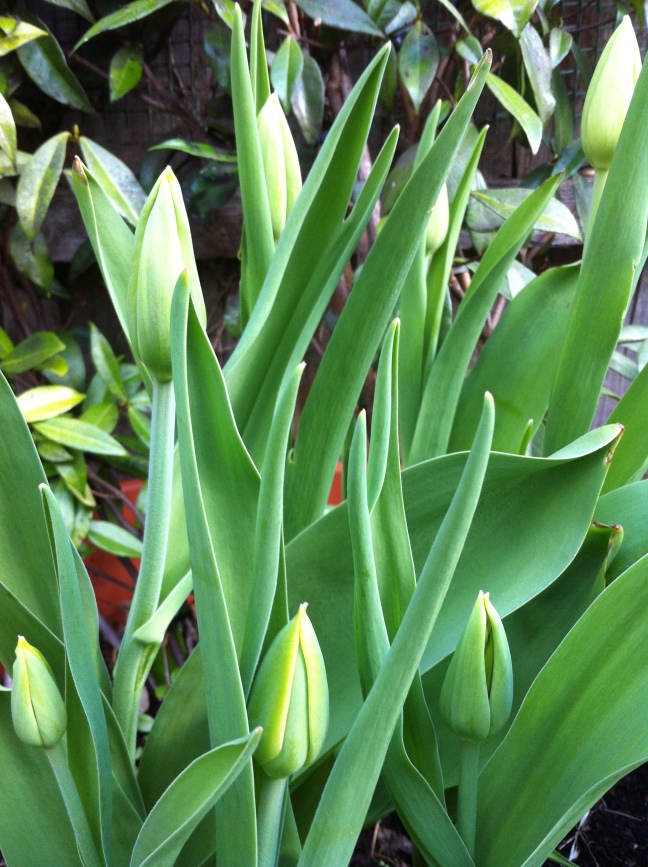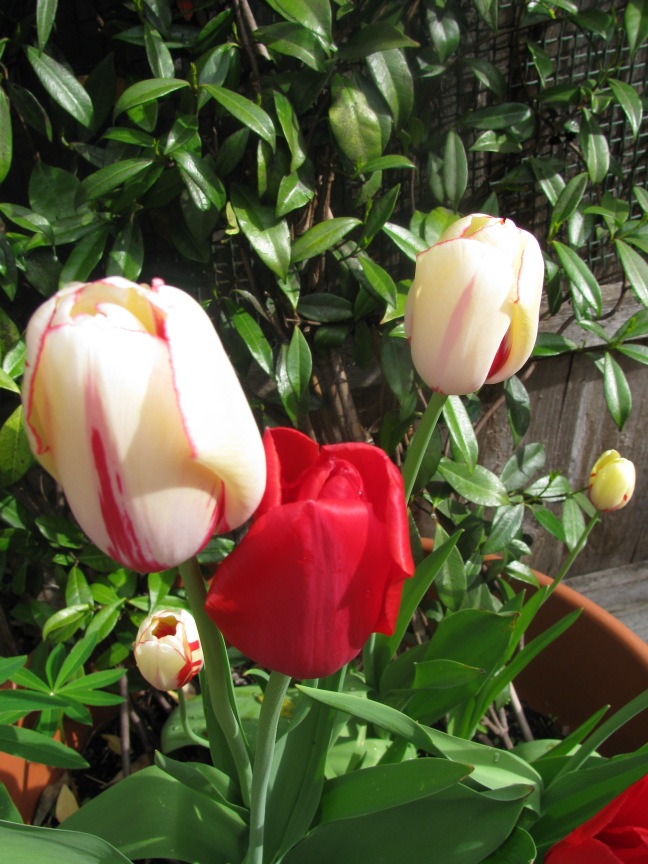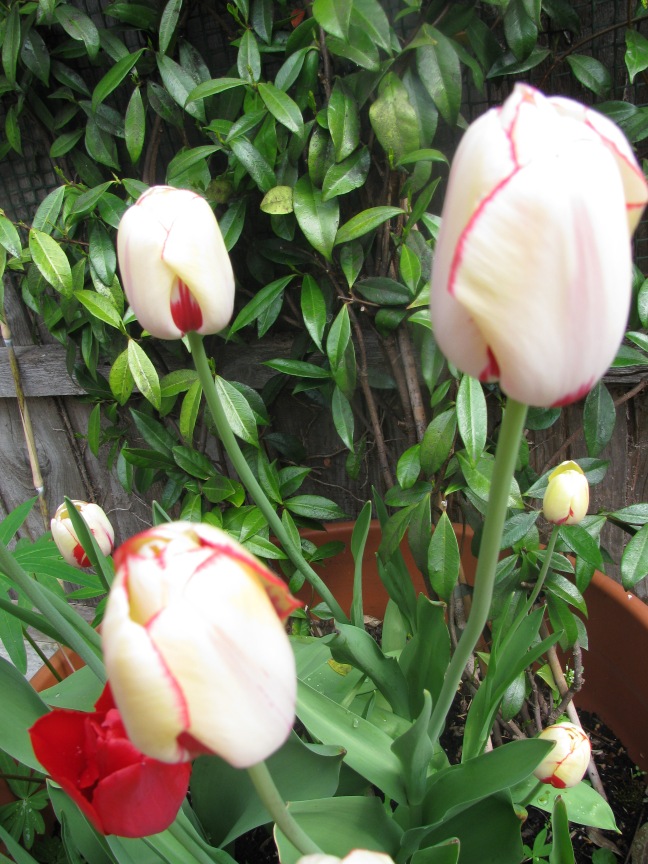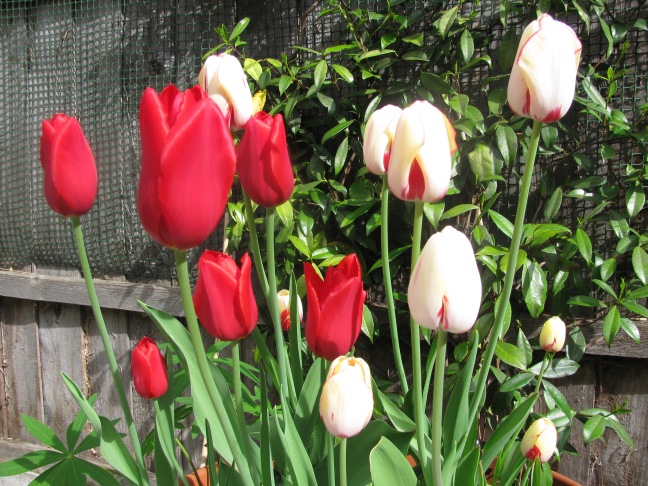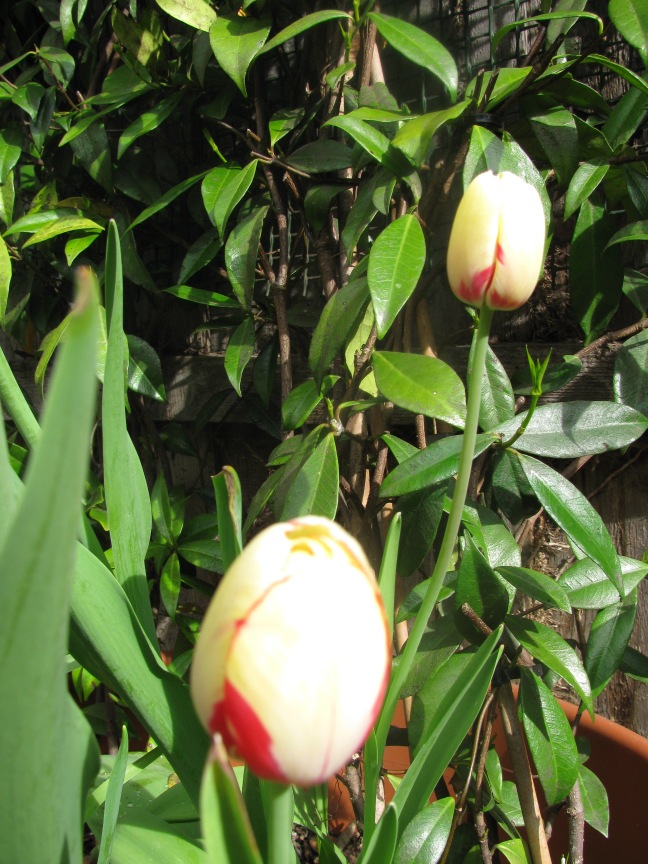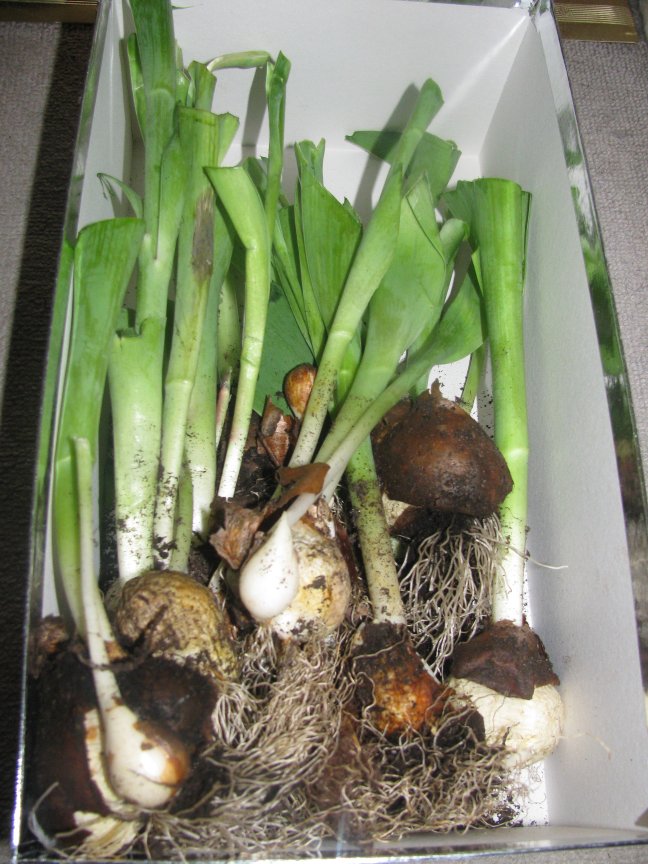This lemon plant was a gift I received from a gardener when I bought some other plants in his shop. It is a very rewarding plant as it keeps producing lemons all year round.

In London lemon plants can stay outside during summer, and in winter it is best to keep them inside, on a window ledge with no radiator underneath. This past winter this lemon plant stayed on a window ledge facing East where it was exposed to plenty of light and did indeed very well. It needs to be watered every two to three days in summer and once a week in autumn and winter.
Tip for sticky lemon plants – how to treat scale:
If you notice that a lemon plant and its immediate surroundings (i.e the window and windowsill) are sticky and the plant is covered in a gluey liquid, it has most probably caught ‘scale’.
But no need to worry, as long as you catch scale early, it can be easily treated in four simple steps that should be performed in the evening:
• Put on some rubber gloves, place the plant into the shower and wash it off with cold water. (Do not use warm water as this will damage the plant).
• Look underneath the leaves. If you see any brown spots, rub them off gently with your hands as this is a secretion that the scales leave on the plant. While doing this, be careful not to scratch the leaves, as you only want to remove the deposit the scales have left. If a leaf is very badly affected, break the leaf off and throw it away.
• Give also the pot a rinse and clean the window sill to avoid re-contamination.
• Then take a small water spray bottle, fill it with water and a few drops of dish-washing liquid. Spray this mixture on every part of the lemon plant (including the stem and soil). Now put the plant back on to the windowsill. [Important: don’t spray the plant with soap water and subsequently put it into the sun, – this will ruin the plant. Instead, spray the plant in the evening, so that by the following morning the soap water has dried and the sun can’t affect the plant].
Depending on how badly the lemon plant is infested by scale, the above procedure needs to be repeated on three to four different days, leaving one or two days in between. This might seem cumbersome, but I promise it works, is cheap and there are no pesticides involved.
So all the best for your lemon plant!
.



